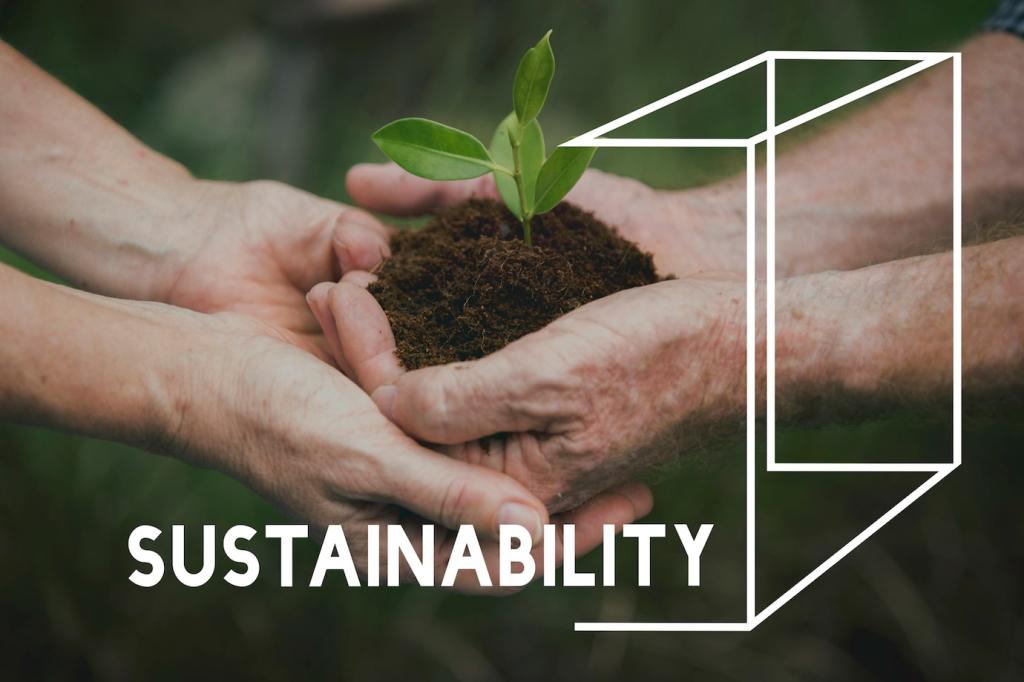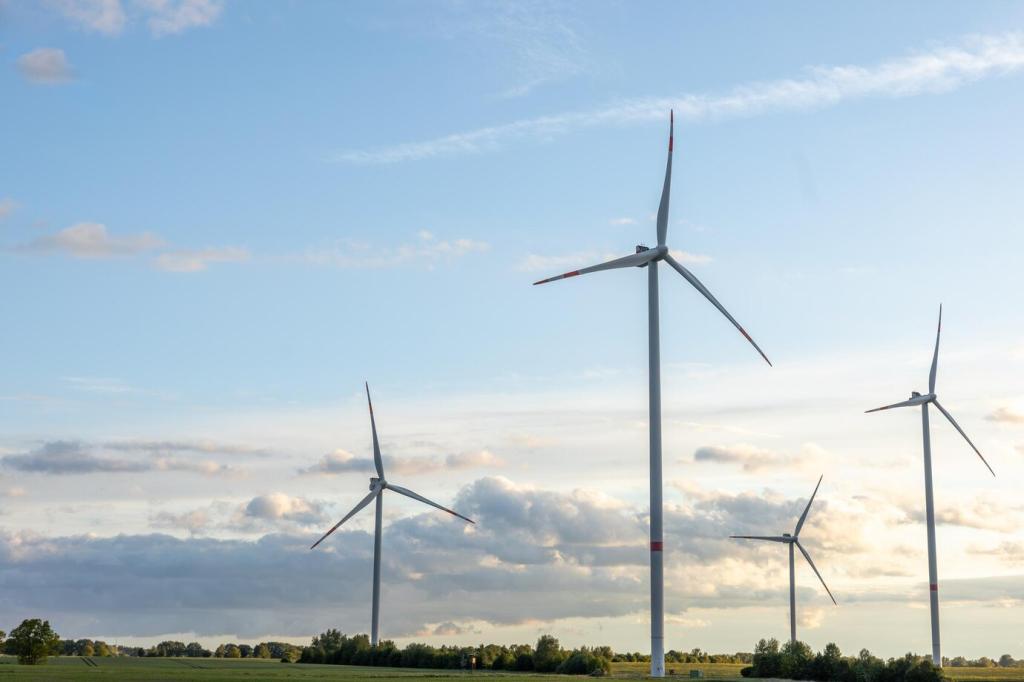Why Sustainability Creates Durable Urban Value
Electrified systems, advanced metering, and envelope improvements lower energy use while smoothing volatility in utility costs. Over time, these savings compound, strengthening cash flow and cushioning owners from policy shifts and carbon pricing.
Why Sustainability Creates Durable Urban Value
Urban tenants increasingly ask for low-carbon spaces with great air quality, daylight, and amenities. Better comfort reduces churn, and honest performance data builds trust, transforming buildings into community anchors that people proudly recommend.
Why Sustainability Creates Durable Urban Value
Sustainable assets face fewer capex shocks from sudden compliance deadlines. Clear ESG disclosure, climate risk screening, and lifecycle planning protect value, positioning projects for favorable lending terms and long-horizon investor confidence.
Why Sustainability Creates Durable Urban Value
Lorem ipsum dolor sit amet, consectetur adipiscing elit. Ut elit tellus, luctus nec ullamcorper mattis, pulvinar dapibus leo.







